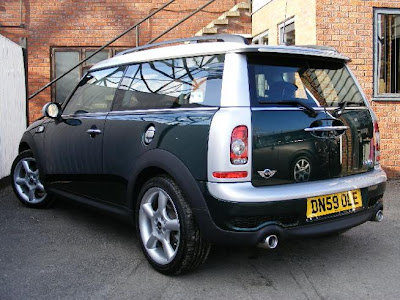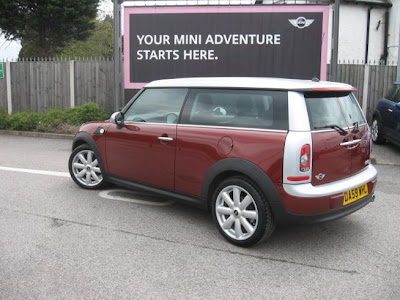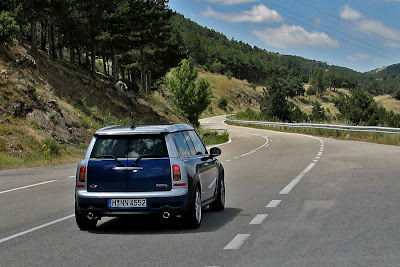Mini Classic Cars - Mini Moke (1964–1989)
 3:55 AM
3:55 AM
 MINI Cooper Cars Blog
, Posted in
British Motor Corporation (BMC)
,
Mini
,
Mini Classic Cars
,
Mini Cooper
,
Mini Cooper Classsic Cars
,
Mini Mark II
,
Mini Moke
,
1 Comment
MINI Cooper Cars Blog
, Posted in
British Motor Corporation (BMC)
,
Mini
,
Mini Classic Cars
,
Mini Cooper
,
Mini Cooper Classsic Cars
,
Mini Mark II
,
Mini Moke
,
1 Comment
Mini Classic Cars - Mini Moke (1964–1989)
A utility vehicle intended for the British Army, for whom a few twin-engined 4-wheel-drive versions were also built. Although the 4WD Moke could climb a 1:2 gradient, it lacked enough ground clearance for military use. The single-engined front-wheel-drive Moke enjoyed some popularity in civilian production. About 50,000 were made in total, from 1964 to 1968 in the UK, 1966 to 1982 in Australia and 1983 to 1989 in Portugal. The car featured in the cult 1967 TV series The Prisoner, and is popular in holiday locations such as Barbados and Macau, where Mokes were used as police cars. Mokes were also available to rent there as recently as March 2006. "Moke" is archaic British slang for a donkey.




































.JPG)











